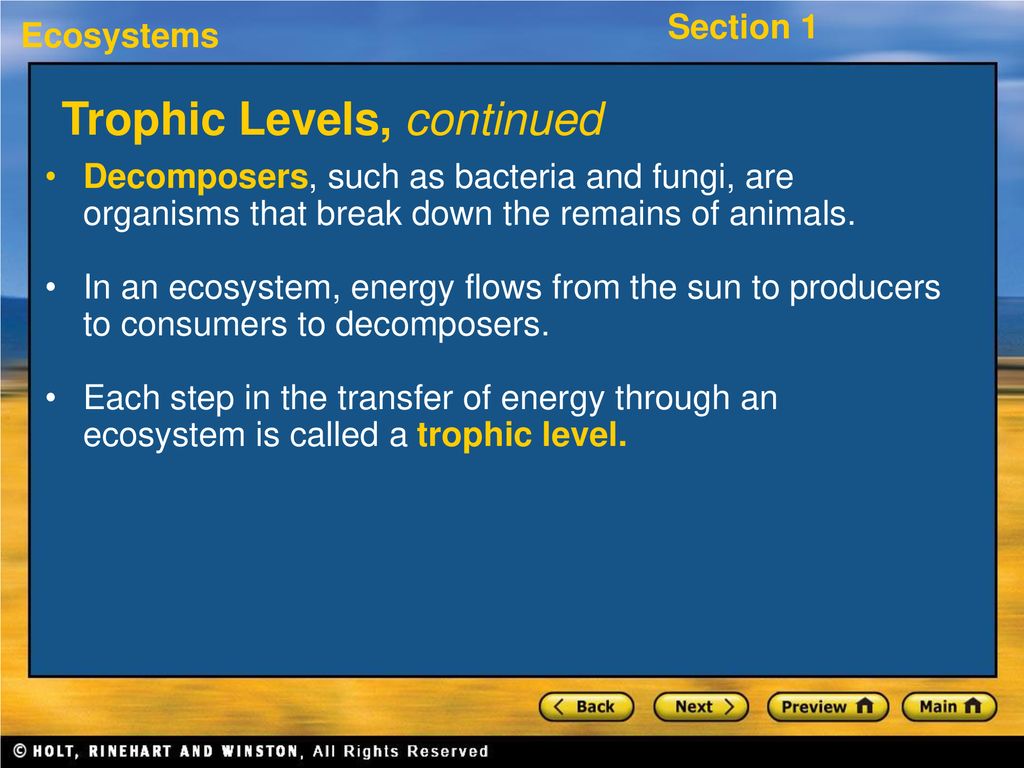PDF High trophic level feedbacks on global ocean carbon uptake and Biology Diagrams Overfishing disrupts this balance by removing species that play crucial roles in the health of the reef. For instance, herbivorous fish help control algae growth, preventing it from smothering corals. Overfishing has also taken its toll, with certain fish populations declining to critical levels. Pollution from agricultural runoff further Pollution can disrupt food webs, impacting the delicate balance of ecosystems. Contaminated prey can transfer toxins to higher trophic levels, leading to bioaccumulation and potentially impacting entire predator populations. Loss of keystone species due to pollution can have cascading effects on the whole ecosystem.

Pollution is perhaps the most visible and insidious threat. It comes in many forms: Sea Level Rise: Overfishing removes key species, disrupts food chains, and can lead to trophic cascades, destabilizing the entire ecosystem. It also often involves destructive fishing practices that damage habitats.

Reef Declines and Marine Life Loss: The Consequences of Overfishing and ... Biology Diagrams
Microbial interactions form microfood webs, crucial for ecological functions. The steady state of these webs, shaped by cooperation and competition among trophic levels, prevents pathogen proliferation and invasion, maintaining soil health. Combined pollutants pose a widespread environmental issue, exerting significant pressure on microfood webs. However, understanding how these webs respond Moreover, biodiversity loss at any level can disrupt the flow of energy and nutrients, potentially leading to cascading extinctions. A decline in primary producers due to pollution can deprive higher trophic levels of food, while the loss of apex predators can cause their prey populations to explode and overconsume lower trophic levels.

This practice disrupts trophic levels by destroying habitats and reducing the availability of primary producers, which are essential for the survival of herbivores and other consumers. As a result, populations of herbivores decline, affecting the predators that depend on them. Pollution: Undermining Trophic Health. Pollution, including Pollution disrupts food chains and webs by affecting the health, reproduction, and survival of organisms at various trophic levels. Pollution, in its various forms, can have a profound impact on food chains and webs. For instance, air pollution can lead to acid rain, which can acidify soils and water bodies.

Microplastics Are Silently Destroying Marine Life (The Science Behind ... Biology Diagrams
Pollutants thus enter the ocean through the atmosphere and riverine influx thereby making their presence in the first trophic level. Pollution levels can be particularly severe in coastal locations near industrialized and densely populated communities. leading to lower energy availability for higher trophic levels. This disrupts the entire
